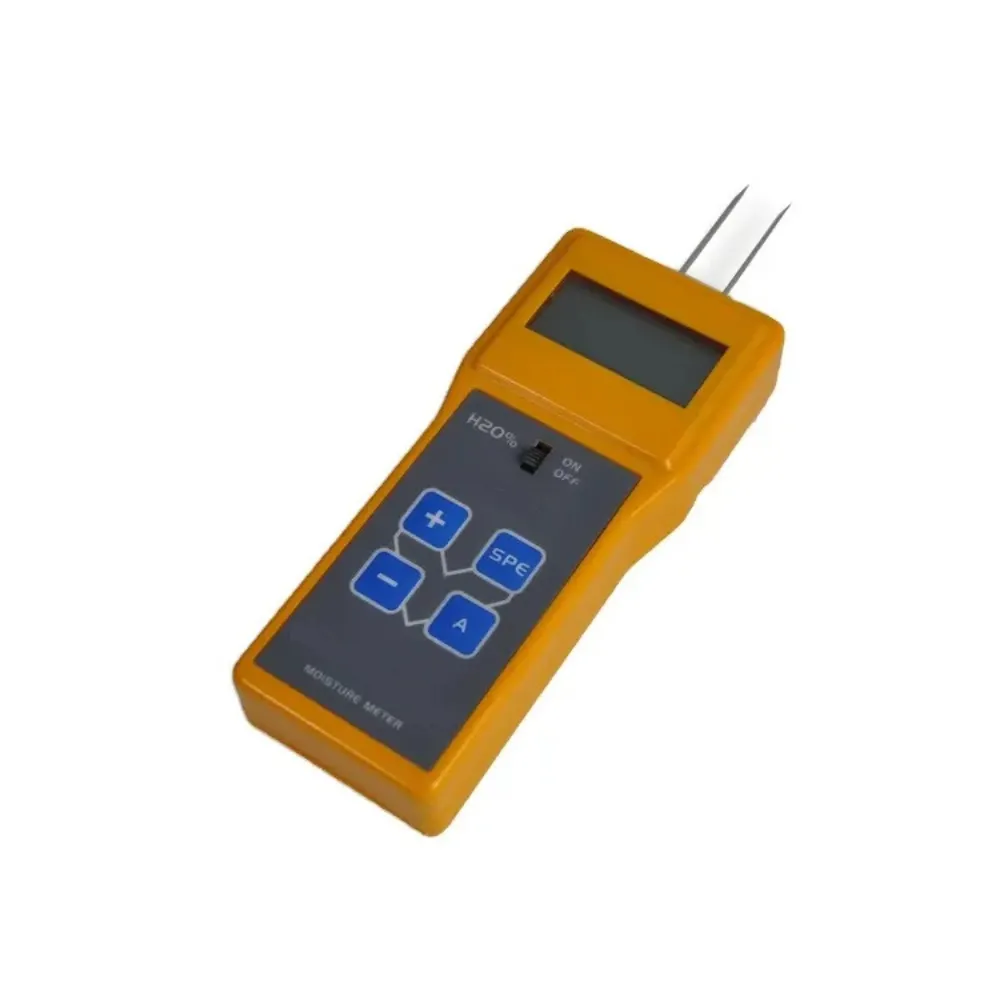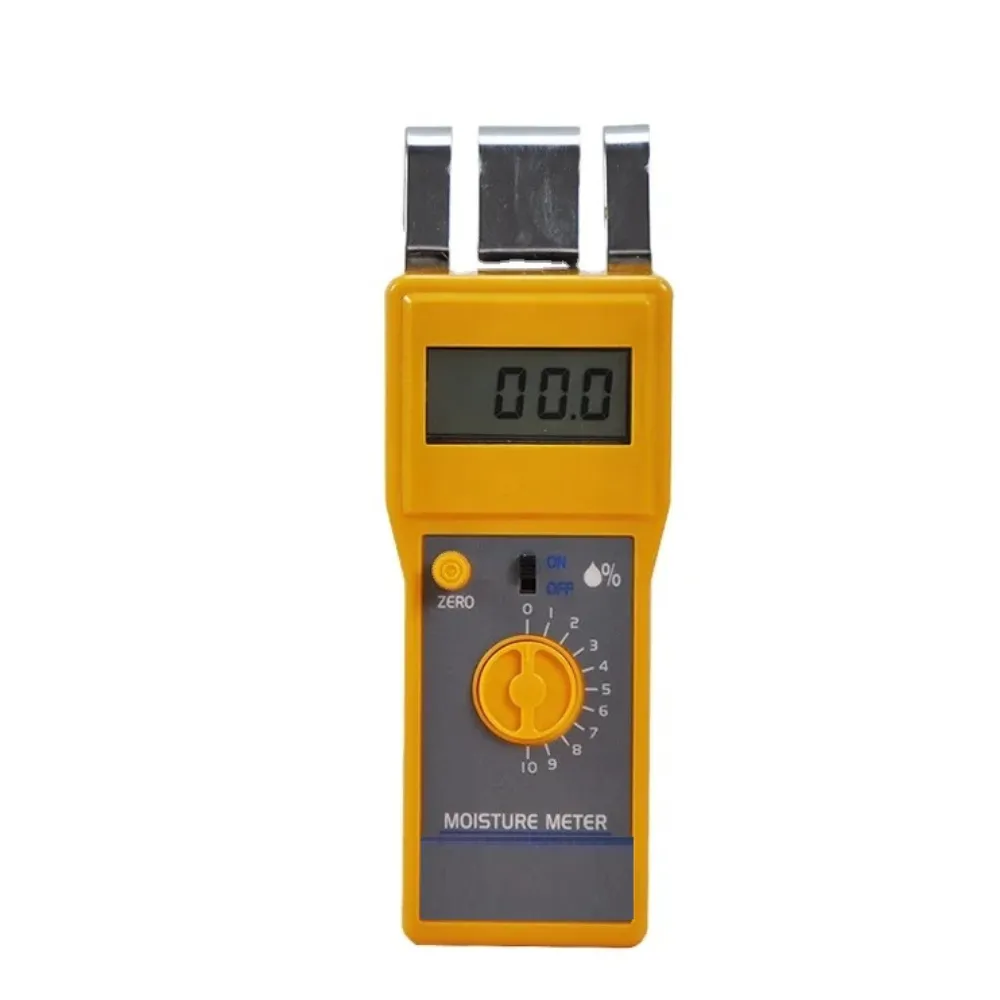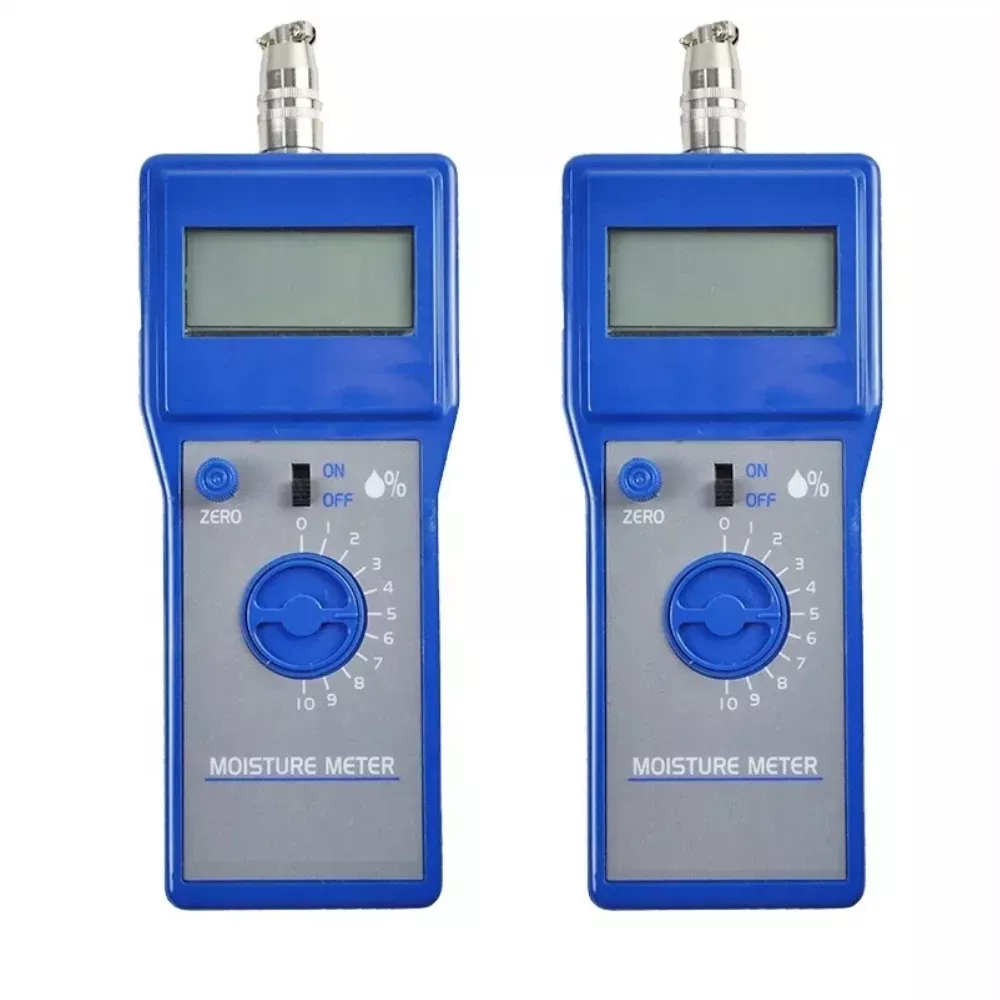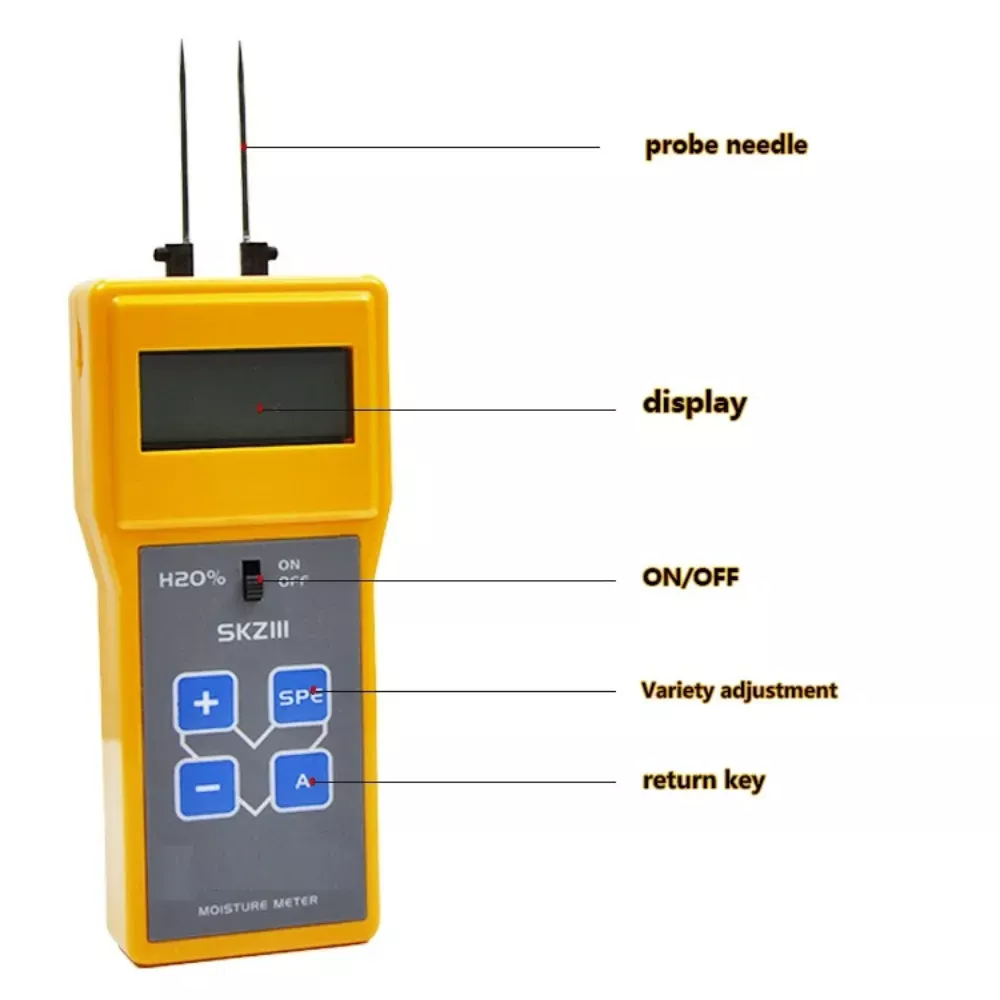
Textile Moisture Meters and Their Applications in the Fashion Industry
Table of Contents
One of the primary applications of textile moisture meters is in the process of fabric selection. By measuring the moisture content of different fabrics, manufacturers can determine which materials are best suited for specific garments. For example, a fabric with a high moisture content may be more suitable for a garment that requires breathability, such as athletic wear. On the other hand, a fabric with a low moisture content may be more appropriate for a garment that requires a more formal appearance, such as a suit.
Another important application of textile moisture meters is in the process of quality control. By measuring the moisture content of fabrics, manufacturers can ensure that their products meet the necessary standards for quality and durability. This is particularly important in the fashion industry, where garments are often exposed to a wide range of environmental conditions. By using textile moisture meters, manufacturers can identify any potential issues with their fabrics before they become a problem, and take corrective action as necessary.

Textile moisture meters are also used in the process of garment production. By measuring the moisture content of fabrics, manufacturers can ensure that their garments are properly finished and ready for wear. This is particularly important in the case of garments that require a high level of moisture absorption, such as athletic wear or swimwear. By using textile moisture meters, manufacturers can ensure that their garments are comfortable and durable, and that they meet the necessary standards for quality.
Garment Care: Empowering Consumers with Knowledge
In addition to their use in the production process, textile moisture meters are also used in the process of garment care. By measuring the moisture content of fabrics, manufacturers can provide consumers with accurate information about how to care for their garments. This is particularly important in the case of garments that require special care, such as those made from delicate fabrics or those that require dry cleaning. By using textile moisture meters, manufacturers can ensure that their consumers are able to properly care for their garments, and that they remain comfortable and durable for a long time.

Conclusion: Moisture Meters as Essential Tools for the Fashion Industry
In conclusion, textile moisture meters are essential tools in the fashion industry, as they help to measure the moisture content in fabrics. This is crucial for ensuring the quality and durability of garments, as well as for maintaining a consistent level of comfort for the wearer. By using textile moisture meters, manufacturers can ensure that their garments are properly finished and ready for wear, and that they meet the necessary standards for quality. Additionally, by providing consumers with accurate information about how to care for their garments, manufacturers can ensure that their consumers are able to properly care for their garments, and that they remain comfortable and durable for a long time.
Comments
Tags
Frequently Asked Question
By measuring the moisture content of different fabrics, manufacturers can determine which materials are best suited for specific garments, ensuring breathability, comfort, and durability based on the intended use.
They help manufacturers identify and address potential issues with fabrics before they become problems, ensuring that garments meet quality and durability standards, especially when exposed to various environmental conditions.
They ensure proper finishing and moisture absorption, particularly for garments like athletic wear and swimwear, leading to comfortable and durable products that meet quality standards.
They enable manufacturers to provide consumers with accurate information about how to care for their garments, ensuring proper cleaning and maintenance for longevity and comfort.


